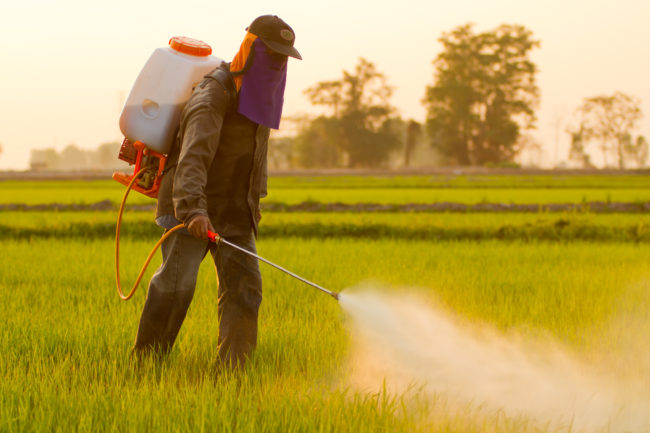As the next bellwether glyphosate case against Roundup producer Monsanto begins a bifurcated trial on February 25 that places science and causation evidence in the forefront, last week, the journal Mutation Research published a study challenging the prevailing opinions of the United States Environmental Protection Agency (EPA), the European Food Safety Authority, the European Chemicals Agency, Australia, New Zealand, and German BfR (Federal Institute for Risk Assessment) which all find that glyphosate-based herbicides are safe and not carcinogenic. Notably, three of the study’s authors served as EPA board members for a prior scientific advisory panel on glyphosate. The journal entry examined the highest exposure groups from previous glyphosate studies published between 2001 and 2018 along with animal studies, and postulated that there is support for a “compelling link” between exposures to glyphosate-based herbicides (GBHs) and Non-Hodgkins Lymphoma (NHL), and that these high exposed individuals faced a 41 percent increased risk of NHL.
The Mutation Research study hypothesizes that given the nature of cancer development, populations with the highest cumulative exposures to GBHs during a biologically relevant time window will yield higher risk estimates for disease. To compile information for the meta-analysis, the authors identified studies from the World Health Agency’s International Agency for Research on Cancer’s (IARC) evaluation of the carcinogenicity of glyphosate, the EPA’s review of glyphosate, and the WHO JMPR report on glyphosate for a total of 909 studies. Seeking to identify those with the greatest exposures, typically applicators in agricultural professions, the authors pared down data to view those with the: “(1) highest cumulative exposure and longest lag (the time period preceding NHL onset, which is excluded from the exposure estimate) or latency (time between first lifetime exposure and NHL diagnosis); (2) highest cumulative exposure; (3) longest exposure duration and longest lag or latency; (4) longest exposure duration; (5) longest lag or latency; and (6) ever-exposure.” They found a statistically significant increased risk (41 percent) of NHL following high cumulative GBH exposure. However, the authors caution that specific numerical risk estimates should be interpreted with caution because there are no statistical tests that can confirm the elimination of publication bias or heterogeneity in a meta-analysis. Bayer, who acquired Monsanto, vigorously refuted the Mutation Research piece by stating that the study is a “statistical manipulation that is at odds with the extensive body of science, 40 years of real world experience and the conclusions of regulators.”
Numerous studies over many years have evaluated and repeatedly approved glyphosate for use in the United States and around the world. Alternative views have emerged only recently. In 2015, the IARC listed glyphosate as “probably carcinogenic to humans.” Citing the IARC’s classification, in 2017 California attempted to add glyphosate to its Proposition 65 list of chemicals “known to cause cancer,” but had the move blocked by a federal injunction that noted that the majority of regulators saw no evidence of a link between the chemical and cancer. Later in 2017, the EPA classified glyphosate as “not likely to be carcinogenic to humans.” It is unknown whether the Mutation Research meta-analysis will be introduced in next week’s trial, but with nearly ten thousand cases against Monsanto pending, many eyes will be closely watching. We will continue to monitor and report.

